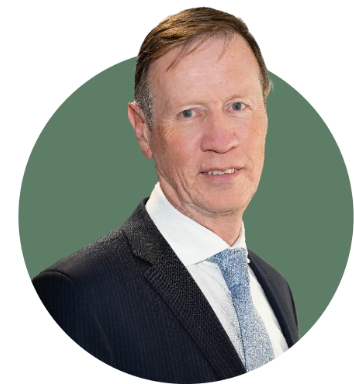In September last year the Albanese Government’s Climate Change Act commenced operation, legislating Australia’s commitment to reduce GHG emissions by 43% below 2005 levels by 2030. The emissions reductions ushered in by the Climate Change Act are supported by a number of other initiatives, most relevantly reforms to the Safeguard Mechanism under the National Greenhouse and Energy Reporting Act.
Against this backdrop is a resurgence in global oil demand, with the International Energy Agency’s (“IEA”) Oil Market Report in June 2023 forecasting global demand to grow by 2.4 million barrels per day in 2023, to 102.3 million barrels per day. This is the highest level of global oil demand recorded to date and is mostly driven by oil consumption outside the OECD.
Achieving emissions reduction while continuing to satisfy global oil demand is one of the key challenges of the energy transition, and underscores the balance required to be struck between energy security and environmental stewardship.
Carnarvon believes that a balance can be achieved between these two considerations, and that this is critical to guarantee Australia, and our neighbours in South East Asia, continue to have access to secure and reliable energy both today, and into the future.
During the year, Carnarvon continued to progress its core Dorado project. A key milestone was acceptance of the Offshore Project Proposal by the regulator, NOPSEMA, meaning the project now has the primary environmental approval in place to proceed with development. Work was also undertaken on integrating the Pavo field, which was discovered last year, as part of the Dorado development. The Pavo integration studies confirmed Pavo can be tied-back to the Dorado facilities, allowing the Pavo resource to backfill production from the Dorado field at a low unit cost once production rates begin to naturally decline after 2 – 3 years. The liquids from Pavo are similar to the Dorado liquids, and the light, sweet crude produced from both fields will have a lower carbon intensity than heavier grades, making it highly suited to petrochemical feedstock.
The changes noted to the Safeguard Mechanism have a direct bearing on future emissions from the Dorado production facilities, and Carnarvon has started planning for this by acquiring emissions offsets (in the form of Australian Carbon Credit Units (“ACCUs”)) and seeking to partner with local landowners to generate ACCUs through soil carbon and other land regeneration opportunities. We expect to be able to provide more positive news on developments in this area in the next reporting period.
Carnarvon’s biorefining joint venture, FutureEnergy Australia Pty Ltd (“FEA”), also matured the first biorefinery project in the Shire of Narrogin over the year. Carnarvon considers there is significant growth potential in biofuels, particularly products like renewable diesel and sustainable aviation fuel; however, commercialisation of technology remains a key determent. Carnarvon is maintaining a disciplined approach to its investment in FEA as the joint venture progressively works through the various elements required to establish feasibility of the Narrogin project.
Carnarvon remains committed to a net zero path, with the company continuing to offset all its Scope 2 emissions and integrating a formal Carbon Strategy as part of its business planning during the year. The Risk, Governance and Sustainability (“RGS”) Committee is integral in overseeing these matters, and providing the necessary leadership to ensure Carnarvon remains well placed to navigate the unfolding ESG landscape.
On a personal note, this is my last year as Chair of the RGS Committee, and I look back with a sense of considerable pride in respect of Carnarvon’s ESG journey since it released its first Sustainability Report in 2020. As Carnarvon moves closer to sanction of the Dorado development, and ultimately production, it is guided by a robust ESG framework, ensuring the company can meet continued energy demand in the South East Asian region in the most sustainable way possible.
All of this would not be possible without Carnarvon’s people. I thank my fellow RGS Committee members, the Board and Carnarvon staff for their commitment to upholding the company’s values and driving a culture focused on protecting the health and safety of our workforce, safeguarding the environment, and working positively with Carnarvon’s partners and the communities in which we operate.
Peter Moore
Chair – Risk, Governance, and Sustainability Committee
